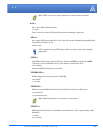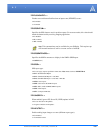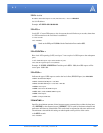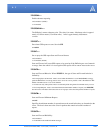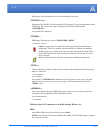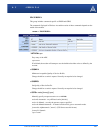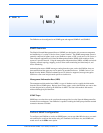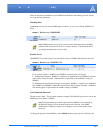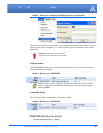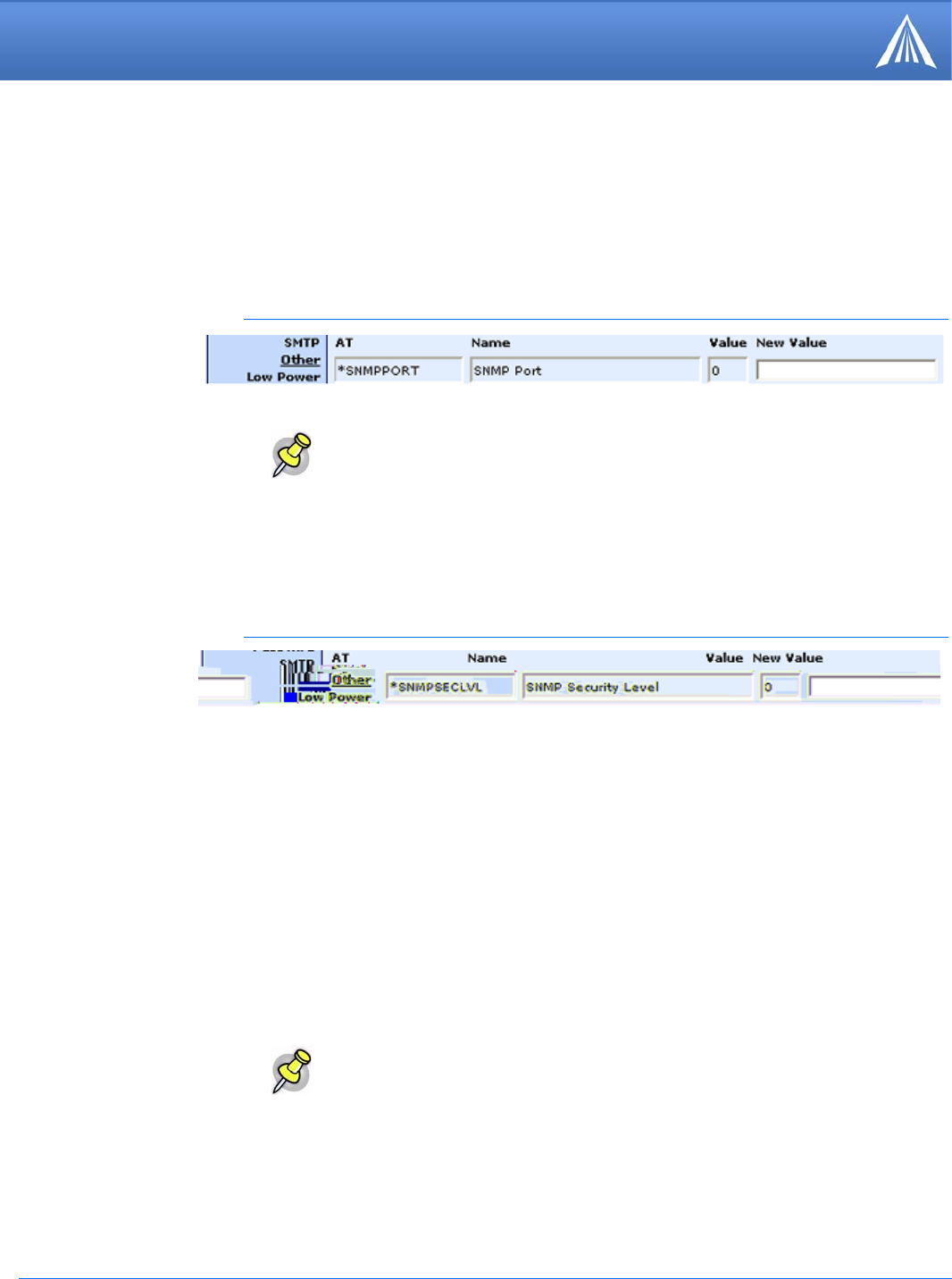
PinPoint EDGE/GPRS - User Guide, version 2.32 115
Simple Network Management Protocol (SNMP)
There are only three commands to set for SNMP in the PinPoint: the listening port, the security
level, and the trap destination.
Listening Port
*SNMPPORT sets the port for the SNMP agent to listen on. If set to zero, default, SNMP is dis-
abled.
FIGURE 1. Wireless Ace: *SNMPPORT
Security Level
*SNMPSECLVL sets the security level and which version of SNMP communications are used.
FIGURE 2. Wireless Ace: *SNMPSECLVL
0 - No security required. SNMPv2c and SMNPv3 communications are allowed.
1 - Authentication required. SNMPv3 is required to do authentication and SNMPv2c transmis-
sions will be silently discarded. Authentication is equivalent to the authNoPriv setting in
SNMPv3.
2 - Authentication required and messages are encrypted. SNMPv3 is required to do authentica-
tion. SNMPv2c and SNMPv3 authNoPriv transmissions will be silently discarded. Authentica-
tion and encryption is equivalent to the authPriv setting in SNMPv3.
User Name and Password
The user name is 'user'. The user name cannot be changed. The PinPoint's password is used as the
SNMP password (default is '12345').
To change the password in the PinPoint, select Modem from the top menu line in Wireless Ace.
Note: SNMP generally uses port 161, however most Internet providers (including
cellular) block all ports below 1024 as a security measure. You should be able to
use a higher numbered port such as 10161.
Note: The eight-character password requirement for SMNPv3 is not enforced by
the
PinPoint's Agent to allow the default password to function. Your SNMP
administrator or MIS may require you to change to a more secure and/or longer
password.



